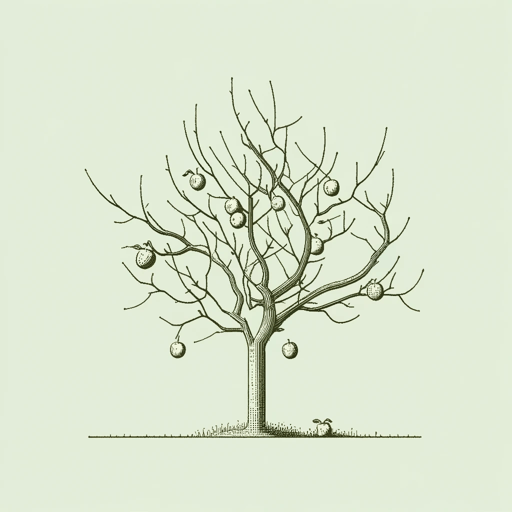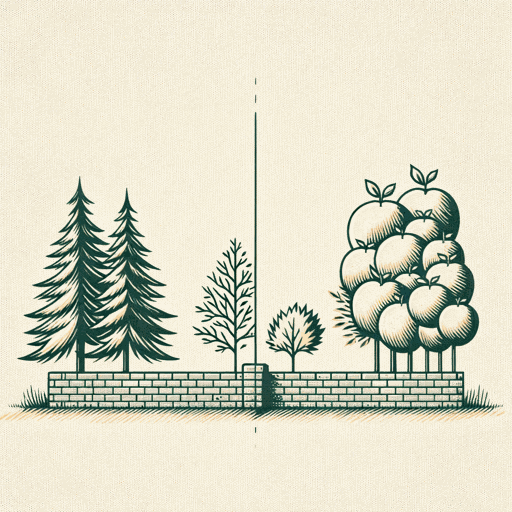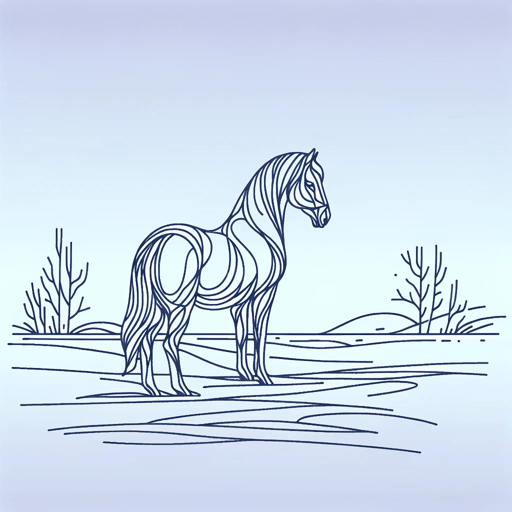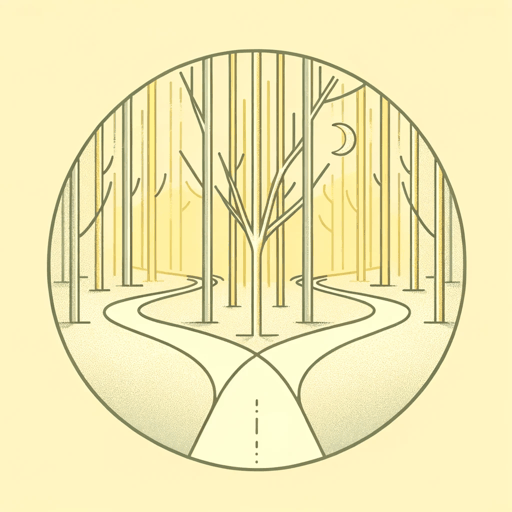38 pages • 1 hour read
Robert FrostThe Road Not Taken
Fiction | Poem | Adult | Published in 1916A modern alternative to SparkNotes and CliffsNotes, SuperSummary offers high-quality Study Guides with detailed chapter summaries and analysis of major themes, characters, and more. For select classroom titles, we also provide Teaching Guides with discussion and quiz questions to prompt student engagement.
Symbols & Motifs
The Fork in the Road
The poem uses a traditional symbol for the complicated dilemmas in life, a fork in the path in an unmarked, unfamiliar woods, to suggest the dramatic tipping point moment when a person must decide how their life will unfold. The fork in the road symbol, because of its familiarity, is at once an accessible and inviting teaching tool. The hiker dramatically pauses and considers each path, a symbol of a person weighing options. One path, it appears, is untrodden, a path that intimidates the less adventurous and courageous because it does not immediately and clearly state itself. The hiker then boldly takes the road less traveled, thereby weighing the path in the woods with the symbolic weight of revealing the hiker’s courage and self-confidence.
If that is what the symbol of the fork in the road usually means, the poem upends that conventional perception when eight lines later the hiker himself admits the choice is bogus, that both paths were exactly the same, and that in the end his grand choice really means nothing: “[N]o step had trodden black” (line 12) either path, which means that the decision to follow one or the other is based not on courage or even wisdom but rather blind, stupid chance.
Related Titles
By Robert Frost

Acquainted with the Night
Robert Frost

After Apple-Picking
Robert Frost

A Time To Talk
Robert Frost

Birches
Robert Frost

Fire and Ice
Robert Frost

Mending Wall
Robert Frost

Nothing Gold Can Stay
Robert Frost

October
Robert Frost

Once by the Pacific
Robert Frost

Out, Out—
Robert Frost

Putting in the Seed
Robert Frost

Stopping By Woods On A Snowy Evening
Robert Frost

The Death of the Hired Man
Robert Frost

The Gift Outright
Robert Frost

West-Running Brook
Robert Frost

